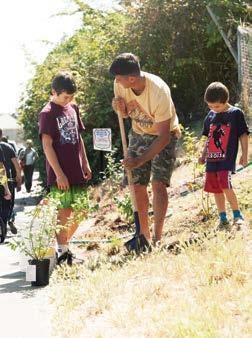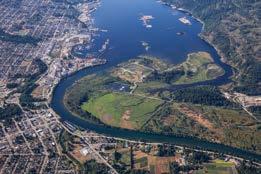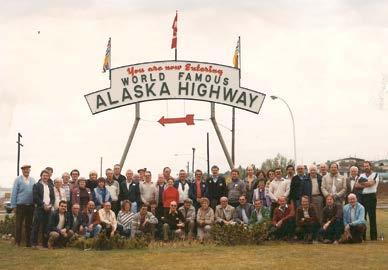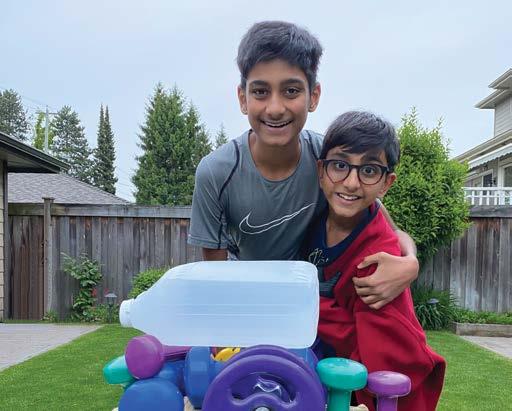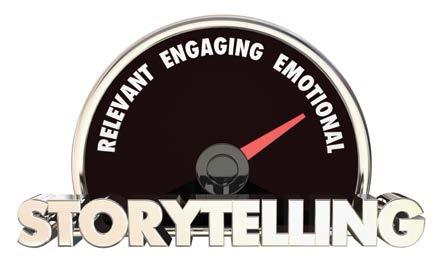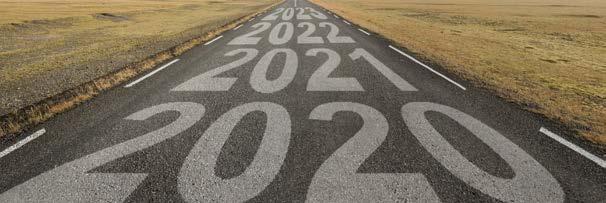NEW YEAR’S RESOLUTIONS
RESOLUTIONS FOR A GREENER 2021
Stephanie Butler
Dreaming of a Greener Future?
C
anadians are some of the heaviest emitters of climatealtering greenhouse gases (GHGs). According to Climate Transparency’s 2020 report, Canadians generate 19 tonnes of CO2 equivalent per capita—nearly three times the G20 average of 7.32 tonnes per capita. Curbing the impacts of global heating will take both system-wide changes to energy and financial policies, as well as individuallevel changes to behaviour and consumption. The good news is that many of the changes Canadians can take to bring down emissions have additional benefits—they can save us money, improve our health, and increase social and community connections. This list includes 20+ ideas for (doable!) New Year’s Resolutions for reducing emissions, saving energy, and taking action on climate change.
50
TABLE OF CONTENTS
©iStockphoto.com/Surasak Suwanmake
Get educated on climate solutions. Two books to get started: Drawdown by Paul Hawken and All We Can Save by Ayana Elizabeth Johnson and Katharine Wilkinson. Home Energy 1. Get a home energy audit to learn about your home’s energy consumption (and waste). 2. Seal up cracks around your windows, doors. 3. Wash your clothes in cold water and hang your laundry to dry. 4. Switch to LED lighting. 5. Use a programmable thermostat to turn down your heat overnight, in rooms you don’t use often, and when you’re away from home. 6. If you’re replacing appliances, opt for electric (not gas) and look for the Energy Star logo. 7. Do the math on home-energy upgrades like an electric airsource heat pump, higher-quality insulation, or energy-efficient windows. Visit betterhomesbc for tips and rebates. BC Notaries Association
Transportation and Travel 8. While cars are useful, they aren’t necessary for every trip. For quick errands and visits, try cycling, walking, rolling, or using a scooter. 9. If you live in an urban area, use public transportation for trips downtown. No parking fees! 10. Air travel is one of the fastestgrowing sources of carbon pollution. Take vacations close to home. If you absolutely must fly, purchase carbon offsets from a reputable company.
Food and Diet 11. Make vegetarian meals a part of your regular routine. (Start with meatless Mondays and increase gradually.) 12. Reduce food waste by planning meals, eating leftovers, and buying only what you need. 13. If you eat meat, choose local, organic options and opt for smaller portions. If you like cheese, enjoy it as an occasional treat. 14. Buy from local farmers and, if you can, grow some of your own vegetables. 15. Learn how to preserve fruits and vegetables when they’re in season—freezing, canning, pickling. Volume 29 Number 4 Winter 2020



